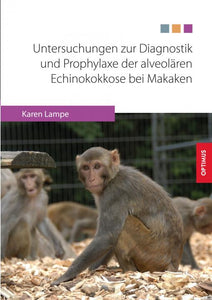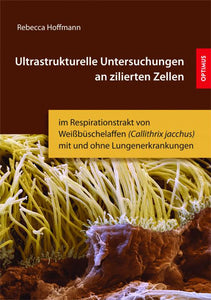
veterinary medicine
Veterinary medicine not only deals with animal diseases, but also with protecting people from them. The focus here is on the animal and the food made from animals as carriers. The exploration of the well-being of animals and humans finds appeal in the sub-disciplines of biochemistry, anatomy, agriculture, zoology, physics and the learning of medical terminology. Economic approaches to animal use and animal husbandry must also be up-to-date and understood in accordance with applicable law. In our category, we try to give you an overview of these different areas and thus support you in your work. If your work has already been completed and you are considering publishing it, then contact us and let us help you with the publication.
Alveolar echinococcosis (AE) is considered the most dangerous parasitic zoonosis in Central Europe and is caused by the second larval stage of the small fox tapeworm Echinococcus multilocularis. In addition to humans, non-human primates can also contract AE, which is characterized by a gradually progressive course of the disease and is usually fatal if left untreated. Due to the increase in spontaneous cases of AE in macaques at the German Primate Center, the changes associated with AE were extensively pathomorphologically...
€34,90
The ciliated cells of the respiratory epithelium play an important role in the pulmonary mucociliary clearance mechanisms. Ultrastructural changes in the cilia of these cells can therefore be an expression of pathogenetic processes in the context of respiratory diseases. Against this background, ultrastructural indications of ciliary dyskinesia in common marmosets (Callithrix jacchus) of different ages and taking into account clinically inapparent pulmonary changes were determined in the present work in order to make a contribution to the validation of common...
€39,90


